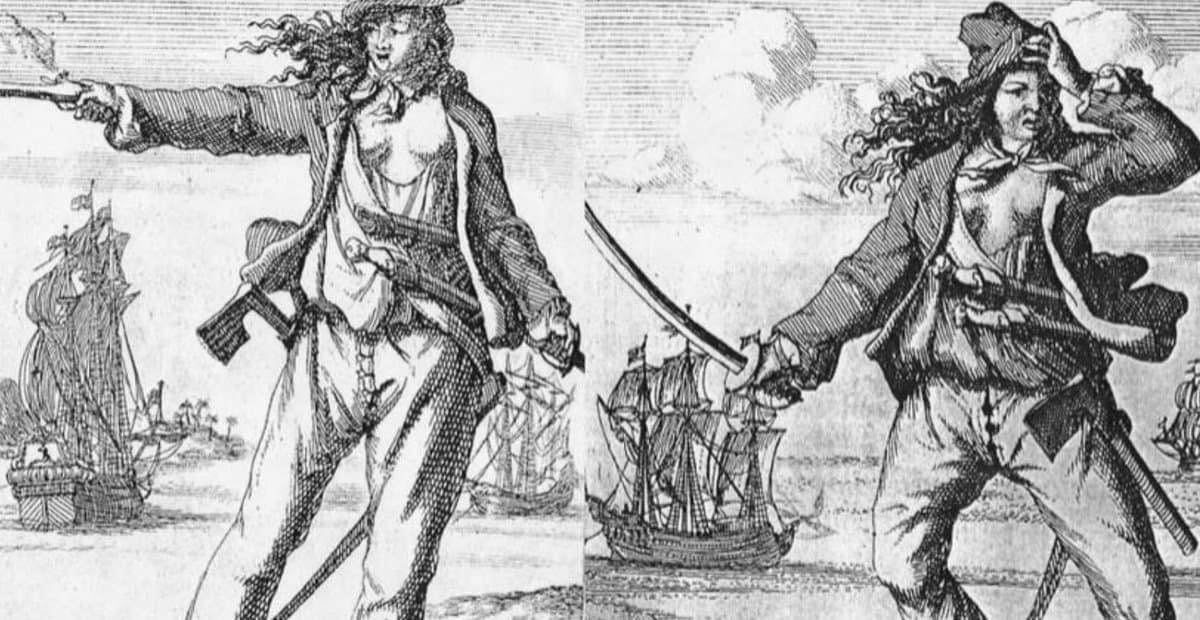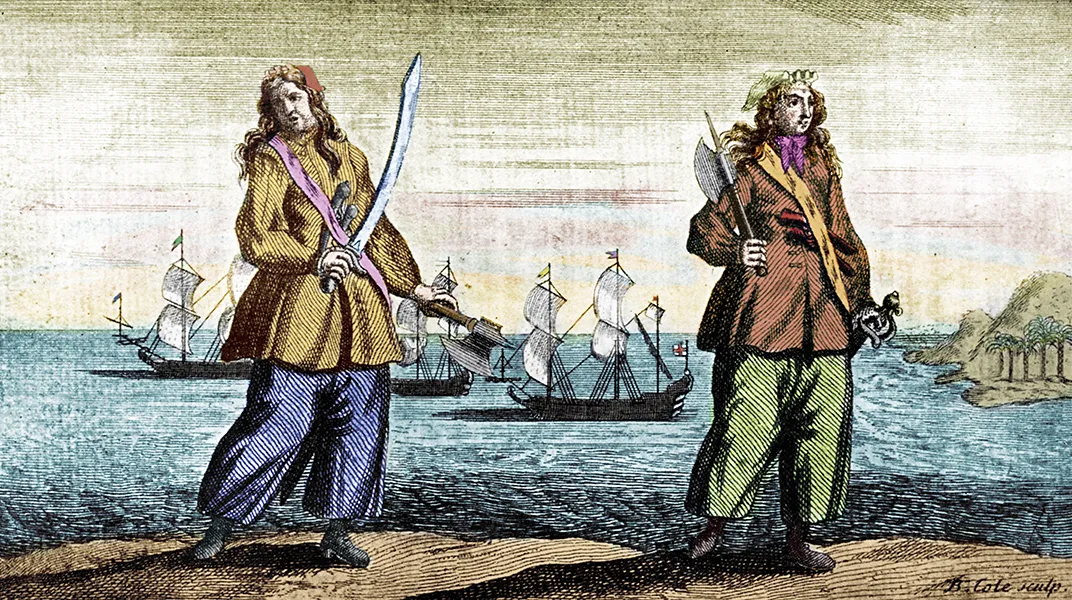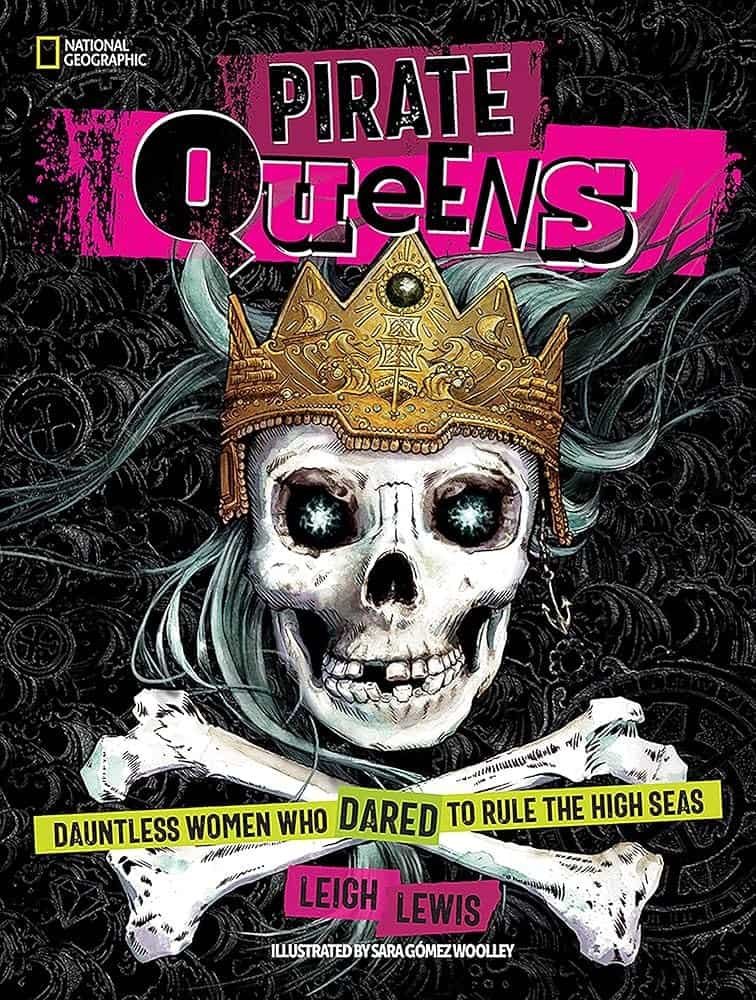Physical Address
304 North Cardinal St.
Dorchester Center, MA 02124
Physical Address
304 North Cardinal St.
Dorchester Center, MA 02124

Discover the daring stories of women pirates who defied societal norms, reshaped history, and inspired future generations on the high seas.
Have you ever wondered what it might have been like to sail the high seas during the Golden Age of Piracy, not as a man, but as a woman breaking the mold and redefining gender norms? The world of piracy is often romanticized in tales of adventure and rebellion, yet it was also a complex world where traditional notions of masculinity and power reigned supreme. For women, entering this male-dominated sphere required not only bravery but also cunning and ingenuity.

Why does it matter that women were pirates? Understanding the roles women played in piracy gives us insight into the social constructs of the age, challenging the perception that piracy was solely a man’s game. These women shattered the expectations placed upon them by society, creating a legacy that continues to inspire today. By exploring their stories, we learn more about the broader cultural shifts occurring during this pivotal period.
Women pirates weren’t the norm, but those who took to piracy left a lasting impression. Figures like Anne Bonny, Mary Read, and Ching Shih are remembered for their tenacity and impact. Let’s delve into their stories and understand how they carved out space for themselves.
Anne Bonny was born in 1697 in Ireland and grew up in the American Colonies. Her fiery temperament and strong will set her apart. Disguising herself as a man—a common tactic among women pirates—Bonny joined forces with Calico Jack Rackham and became one of the most notorious pirates of her time. Her legacy is defined by her courage and refusal to conform.
Mary Read’s story parallels Anne Bonny’s in many ways, as she too donned men’s clothing to gain acceptance in a traditionally male sphere. Her story began in England, where she grew up posing as her deceased brother. This ruse continued into adulthood, eventually leading her to piracy alongside Anne Bonny. Read’s life underscores the lengths women went to subvert gender roles and claim agency over their destiny.
Ching Shih stands out as one of the most successful pirates in history, male or female. Originally a prostitute in China, she married a pirate and, upon his death, took command of his fleet. Her leadership transformed a small group of ships into a powerful armada of over 300 vessels, with tens of thousands under her command. Ching Shih negotiated amnesty with the Chinese government, solidifying her place in history not just as a woman pirate, but as a formidable strategist and leader.

What drove these women to choose such a dangerous and rebellious life? Exploring their motivations provides greater insight into the socio-economic conditions of the time.
For many women, piracy offered an escape from the oppressive constraints of a patriarchal society. It was a life full of risks, but it also promised a level of autonomy and respect that was hard to come by on land.
Throughout history, economic hardship has pushed individuals to piracy as a means of survival. For women like Anne Bonny and Mary Read, impoverished beginnings or lack of opportunities may have made piracy an appealing alternative.
For some, the challenge and allure of a life at sea, with its promise of adventure and escape from societal norms, were irresistible. Women pirates often embraced the same wanderlust and thirst for freedom that drove their male counterparts.
Despite their successes, women pirates contended with several challenges. Understanding these obstacles highlights their resilience and ingenuity.
Many women pirates leveraged the tactic of disguise to enter this male-dominated world. Cross-dressing served as both a practical necessity and a symbol of their rejection of societal norms. It was a calculated risk that allowed them access to opportunities otherwise denied to them.
Gaining the trust and acceptance of male crews was no small feat. Women had to constantly prove themselves in battle and leadership, often going to extreme lengths to demonstrate their capabilities and earn their keep.
Even in a world outside the law, traditional gender roles were enforced strictly. Women pirates risked not only capture and execution but also exploitation or mistreatment due to their gender. Their defiance came with significant personal risks, both from authorities and their own crews.

These women left a profound mark on history, encouraging a reevaluation of gender roles and contributions in the past.
The tales of women pirates have permeated literature, music, and film, challenging stereotypes and offering empowering narratives that resonate with audiences today.
Their stories inspire ongoing discussions about gender equality and the diverse contributions women have made throughout history. By stepping into roles that defied societal expectations, these women laid the groundwork for future generations to challenge gender norms and seek out new opportunities.
Q1: Did many women become pirates during the Golden Age of Piracy?
Despite the well-known few, relatively few women became pirates compared to men. The strict gender norms of the time discouraged women from such roles, making the accomplishments of those who did stand out even more.
Q2: How did women pirates affect the crews they joined?
Women pirates often earned the respect of their male peers through their bravery and skill, impacting crew dynamics and, in some cases, inspiring more egalitarian views towards women and leadership.
Q3: Were women pirates treated differently by authorities?
Yes, authorities often treated women pirates with a mix of fascination and brutality. Some were spared execution, highlighting the gender biases that complicated their lives both on and off the seas.
Q4: What does piracy during this time tell us about gender roles?
Piracy during this period reflects the broader gender constraints of the age while simultaneously highlighting the agency women could exert when they pushed against these boundaries.
Q5: How are women pirates depicted in modern media?
Modern portrayals often cast women pirates as strong, independent, and adventurous, highlighting their defiance of gender roles and celebrating their contributions to history.

Women pirates broke away from societal constraints, using piracy as a vehicle to explore freedoms unheard of in their time. Their courage to navigate a male-dominated world serves as a testament to the resilience and wit required to transcend gender barriers on the high seas. Their stories remind us of the countless women throughout history who have defied expectations, leaving legacies that continue to inspire change.